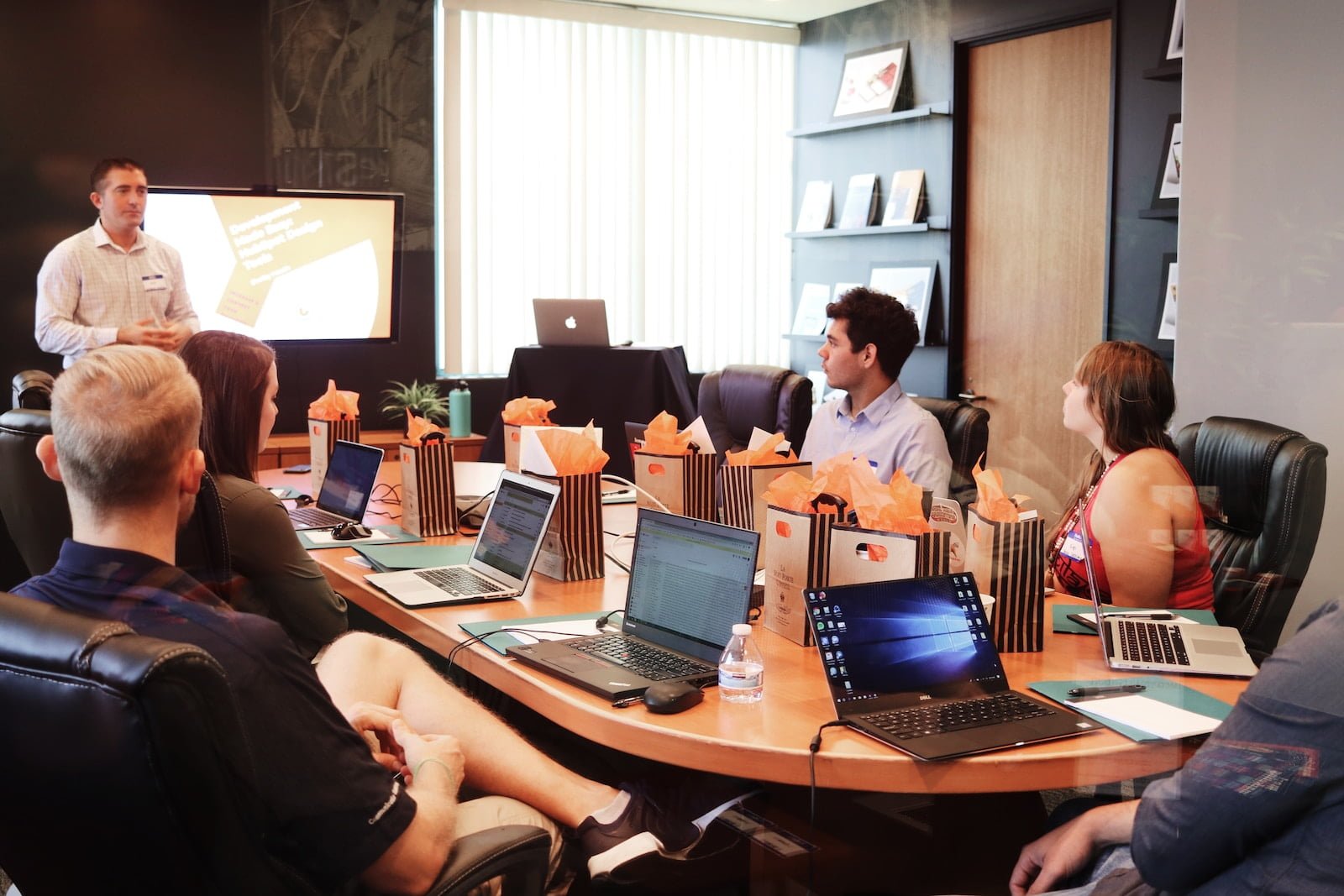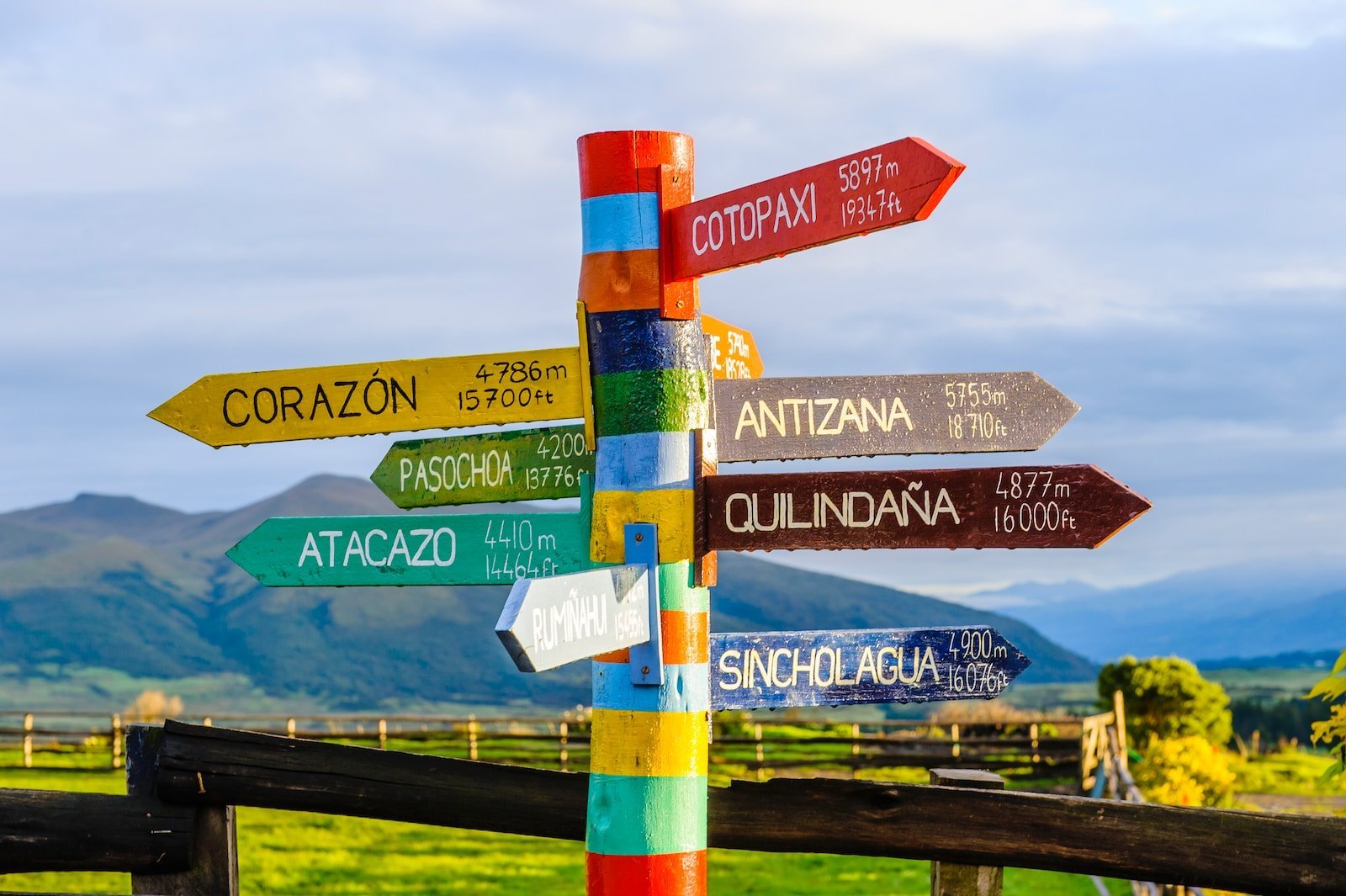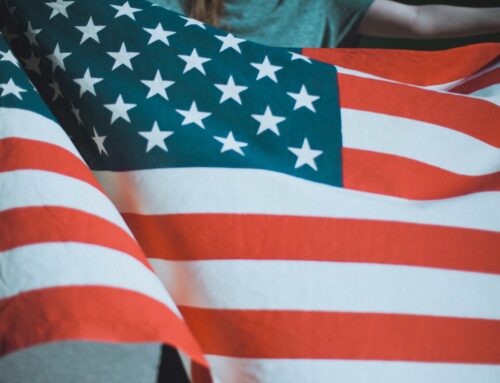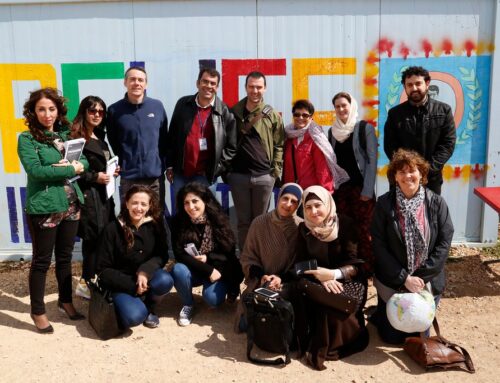Navigating the world of United States visas can be daunting, but understanding the basics about B visas can make the process smoother. If you’re planning to visit the U.S. for a temporary period, whether it’s for business or pleasure, a B visa might suit your needs. This type of nonimmigrant visa is issued to foreigners who intend to enter the U.S. temporarily for specific purposes. There are two types of B visas available: the B-1 visa, which covers business-related activities, and the B-2 visa, designed for tourism or visits to family and friends.
When applying for a B visa, you must meet certain requirements and provide specific documents to support your case at the U.S. Embassy. It’s crucial to be well-prepared and familiar with the process to ensure a smoother experience. This article will guide you through the necessary steps, requirements, and important details to help you obtain your B visa successfully and enjoy your upcoming visit to the United States.
Overview of B Visas
When planning a temporary visit to the United States, securing the appropriate visa is essential. B visas, which include B1 visas for business purposes and B2 visas for leisure or tourism, are designed to facilitate these short-term stays. In this section, we will discuss the primary features of B1 and B2 visas, as well as the application process and requirements.
B1 visas are intended for business-related visits, such as attending meetings, conferences, or negotiating contracts. If you are traveling to the United States for professional purposes, a B1 visa would be suitable. On the other hand, the B2 visa is designed for those who wish to visit the United States for pleasure, medical treatment, or family visits. Both B1 and B2 visas are nonimmigrant visas, so they allow temporary stays rather than permanent residency.
Before applying for a B1/B2 visa, it is crucial to prepare the necessary documentation and understand the specific eligibility criteria. Each visa type has particular requirements, such as the need to demonstrate strong ties to your home country and sufficient financial resources for the trip. Ensuring that you have gathered all relevant materials and planned for any potential obstacles can significantly improve your chances of a successful application.
The application process for B1/B2 visas typically involves submitting the required forms, paying relevant fees, and attending an interview at a U.S. embassy or consulate. Applicants must be upfront about their intentions for visiting the United States and provide evidence of their plans, such as itinerary documents, employment letters, or demonstrated financial stability.
While obtaining a B visa can be a complex process, thorough preparation and a clear understanding of the process can help ensure a more efficient and successful experience. As you navigate the U.S. immigration system, and work towards achieving the goals of your visit, remember to stay informed and remain attentive to the specific demands of your visa application.

Types of B Visas
When exploring different visa options for travel to the United States, you might come across B visas. These visas grant temporary, non-immigrant entry for either business or tourism purposes. In this section, we’ll discuss the two primary types of B visas: B-1 and B-2.
B-1 Visas
B-1 visas allow you to enter the United States temporarily for business reasons. This visa permits you to attend conferences, negotiate contracts, or participate in various business-related activities. However, the B-1 visa doesn’t allow you to work for a US-based employer or receive a salary from a US source. Keep in mind that each visa application process comes with its own set of documentation and requirements; ensure you meet these criteria before applying.
B-2 Visas
On the other hand, B-2 visas are specifically designed for tourism and leisure visits. With a B-2 visa, you can travel to the United States to explore tourist attractions, visit friends and family, or seek medical treatment. This visa doesn’t permit you to work or study in the US, and it’s essential to follow the terms of the visa to avoid facing penalties or deportation.
As you navigate the complexities of choosing the correct visa, remember your individual situation will dictate which option is best for you. Additionally, consider exploring other visa categories, such as the O-1 nonimmigrant visa and EB-1A immigrant visa, designed for individuals with exceptional abilities in their fields. By carefully considering your visa options, you can ensure a successful trip to the United States for business or leisure purposes.

Eligibility and Requirements
B-1 Visa Eligibility
To be eligible for a B-1 Temporary Business Visitor visa, you need to participate in business activities of a commercial or professional nature in the United States. This may include consulting with business associates, attending scientific or professional conferences, or settling an estate. It is essential to understand the eligibility criteria and gather the required documentation before applying.
During the visa application process, a consular officer will assess your qualifications and determine if you meet the visa requirements. Familiarize yourself with the USCIS interview process to be better prepared and ensure success in obtaining your B-1 visa.
B-2 Visa Eligibility
B-2 visas are designed for individuals visiting the U.S. for tourism purposes. As with the B-1 visa, you will need to provide evidence of your eligibility, and a consular officer will assess your compliance with the requirements set by the INA. Make sure to have a clear understanding of the eligibility criteria, so you can confidently navigate the application process.
Keep in mind the importance of preparing for your USCIS interview, as it plays a significant role in determining your visa approval. Utilize available resources such asn tips and guidance, to better equip yourself for success in obtaining your B-2 visa.

Application Process
When applying for a B visa, it’s essential to understand the process to ensure a smooth and successful application. First, determine the appropriate petition for your situation. The U.S. Citizenship and Immigration Services (USCIS) offers various visas for employment, family members, or other circumstances, so research thoroughly and understand the eligibility requirements for the specific visa you’re applying for.
Once you’ve identified the correct visa, fill out the required forms, such as the DS-160 form for B-1 and B-2 visas. You must also provide supporting documentation, including an itinerary, financial documents, and proof of ties to your home country. After submitting the forms, pay the necessary fees.
Next, you will need to schedule an appointment with the U.S. consulate or embassy in your home country. During the appointment, be prepared for a personal interview where you will discuss your reason for wanting to enter the United States and provide evidence of your intention to leave upon completion of your visit.
Keep in mind that other visas, such as the H-1B visa, have their unique application processes and requirements, which are administered by both the USCIS and the Department of State. To avoid delays or rejections, ensure that your application is accurate and complete before submitting it.
By following these steps and adhering to the guidelines set forth by the USCIS and the Department of State, you can increase your chances of obtaining a B visa and begin planning your temporary visit to the United States. Remember, being well-prepared and knowledgeable about the process is essential for a successful application.
Visa Extension and Renewal
When you’re in the United States on a B visa, it’s essential to know the process for extending your stay and renewing your visa. The first step in extending your stay is to file a request with U.S. Citizenship and Immigration Services (USCIS) before your authorized stay expires. You can do this by submitting Form I-539, Application to Extend/Change Nonimmigrant Status.
Make sure to submit your application for an extension before the expiration date on your current visa. Keep in mind that processing times may vary, so it’s crucial to stay informed with the latest updates from the USCIS to avoid any last-minute issues.
If you need to renew your B visa, be aware that you must do so at a U.S. embassy or consulate abroad. The process for renewing your visa is the same as obtaining one for the first time. Follow the guidelines provided by the Department of State to ensure a smooth renewal process.
Remember that you are responsible for adhering to the terms of your visa, including maintaining a valid visa throughout your stay in the United States. Failure to comply with these requirements could jeopardize your ability to extend or renew your B visa in the future.
To summarize, ensure that you file a Form I-539 to extend your stay before your visa expires, and renew your visa at a U.S. embassy or consulate abroad when necessary. By staying up-to-date on USCIS processing times and following the appropriate procedures, you can avoid complications and continue to enjoy your time in the United States.
Frequently Asked Questions
What are the basic requirements for obtaining a B1 or B2 visa?
To obtain a B1 or B2 visa, you must complete the online DS-160 form, pay the required visa application fee, and schedule an appointment for your visa interview. You will also need to provide supporting documents, such as your passport, travel itinerary, and proof of financial stability. Make sure to check the specific requirements for each visa type before applying.
How long can one stay in the US with a B1/B2 visa?
Typically, the maximum duration of stay for B1/B2 visa holders is six months. However, the authorized length of stay may vary depending on the nature of your visit and the discretion of the immigration officer upon your arrival in the US.
What is the main difference between a B1 and a B2 visa?
A B1 visa is primarily for business purposes, such as attending conferences, negotiating contracts, or participating in training. In contrast, a B2 visa is for tourism, vacations, or visiting relatives. Ensure you apply for the appropriate visa based on the purpose of your travel.
Can B visa holders apply for an extension or change of status?
Yes, B visa holders can apply for an extension or change of status under certain conditions. If you have a valid reason for extending your stay or changing your visa type, you must apply for it before your current visa expires. Keep in mind that approval is not guaranteed and is at the discretion of the United States Citizenship and Immigration Services (USCIS).
What are the necessary documents to prepare for a B2 visa interview?
For a B2 visa interview, ensure you have the following documents:
- A valid passport
- Printed confirmation of your DS-160 form submission
- Visa application fee payment receipt
- Appointment confirmation letter
- A photograph meeting the U.S. visa photo requirements
- Evidence of your travel itinerary, purpose, and duration of stay
- Proof of financial ability to cover the expenses during your visit
Is it possible to convert a B visa to a different visa type while in the US?
Yes, it is possible to change from a B visa to another non-immigrant visa type while in the US. However, you must meet the eligibility requirements for the new visa type and apply for a change of status through USCIS. Approval is not guaranteed, and the process may take several months to complete.



